How to Prepare Your Cut Flower Garden Beds

Are you growing a flower garden this year? Here are some steps to take when preparing your garden beds for spring planting.
You can see more gardening tips here.
This is the time of year when every gardener gets excited by the thought of getting their hands dirty again.
The key to a successful garden starts before the first plant has even been placed into the ground. Here are some of the steps I take before I transplant my flower starts into the garden beds.
Finding the Right Location for a New Garden Bed
If you don’t already have an established garden bed, your first step to preparing your new flower garden is to find the right location. Check to make sure there aren’t any tree roots or buried utility lines in the area where you’re considering growing your garden, and that the space has healthy soil with adequate drainage.
Testing and Preparing Your Soil
Perform a Soil Test
Experts recommend you perform a soil test to check the nutrient and pH level before planting your seed starts. This will not only give you a better understanding of how your soil will perform, but what amendments are needed to be added to the ground.
There are soil test options available. You can buy an inexpensive soil test, or hire a local garden resource center to test your soil conditions.
Many beginning gardeners pass on this step, but usually end up never making the same mistake twice. It is such an important part of the process.
Soil Prep
You always get what you put into your garden, and soil preparation is an investment in your garden’s future that you don’t want to skip. Make sure to take the time in the spring to build fertility and loosen the soil in order to set your garden up for a more productive year.
Work the soil when moist in order to help maintain good air porosity and soil structure. To check your soil moisture content, pick up a handful of soil and squeeze it. You want the soil to stay in a ball in your hand, and then break apart when tapped.
Soil can be compacted over time from heavy rain and other forces, so it’s important to loosen the soil before planting. In order to remove rocks or roots, use a shovel or garden fork to turn the soil when it’s dry and crumbly.
Feed Your Soil
Compost has many benefits. It improves the soil structure, enhances soil fertility, and is essential in helping to retain moisture and provide needed nutrients for healthy plant growth.
If you’re planting flowers in an existing bed that you used last year, add a 2–3-inch layer of compost to the bed in spring. Turn it into the soil, using a shovel or garden fork going at least 12 inches deep. After turning this compost into the soil, you may want to put another layer on top of the soil to act as mulch.
If you add organic matter in the fall, it isn’t necessary to add more in the spring, but adding compost twice a year can help improve poor quality soil much more quickly. Organic matter gets used up each year and needs to be replenished to keep plants performing their best. The most important thing you can do for your soil is to consistently add organic matter to enrich the soil and help your plants grow healthier.
Plan a Water System
The garden bed soil needs to stay evenly moist, but never soggy. Because it’s important to avoid overhead watering, soaker hoses and drip irrigation is a great way to water at the root zone only. Place the irrigation lines immediately after adding soil amendments.
Manage Weeds
Using landscape fabric is one of the efficient ways to stay ahead of the weeds in your garden. Another way is to invest in a lightweight hoe.
Covering beds in a thick layer of organic matter is a great way to suppress weeds.
Planting Your Garden Beds
After amending your garden beds, laying the irrigation lines, and managing the weeds, it’s finally time for the moment we all have been waiting for. Planting your flower seedlings, perennials or bulbs.
Use Your Garden Plan
Use the garden plan you’ve created to space your seeds or plants. When planting your seedlings, make sure the plant’s crown is at or just slightly above the soil surface. It’s so important that the plants don’t get stressed after they’re in the ground and rooting in. Water all new plants deeply and right away. By giving a weekly application of liquid seaweed and fish emulsion, it benefits plants by…
- Feeding the young plants
- Lessens transplant shock
- Builds up their immune systems for the future.
I hope this post has given you some valuable information when preparing your garden beds for spring planting. Remember, the success of your garden starts before the first seedling, perennial or bulb has even been planted into the ground.
Enjoyed the project?

Comments
Join the conversation
-
 Gayle
on Mar 30, 2021
Gayle
on Mar 30, 2021
I am so ready for summer!!! I don’t like winter 😂😂😂 I love working in the yard!!
-





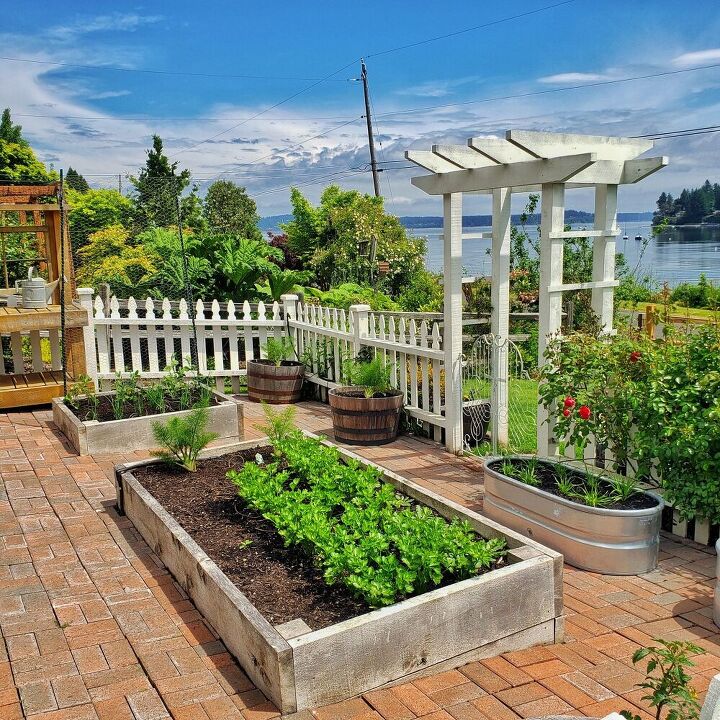













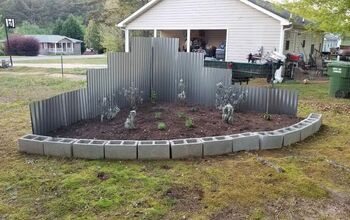

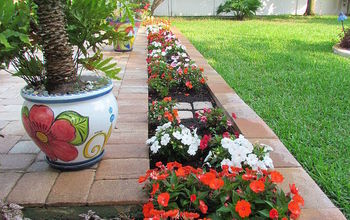
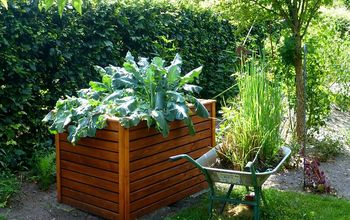
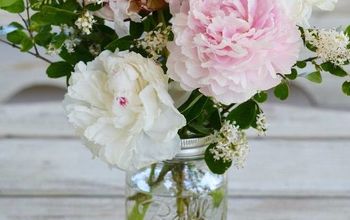





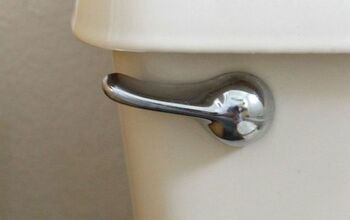

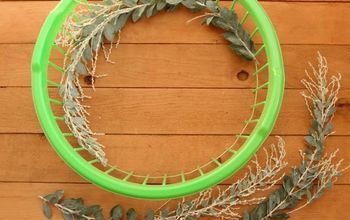





Frequently asked questions
Have a question about this project?